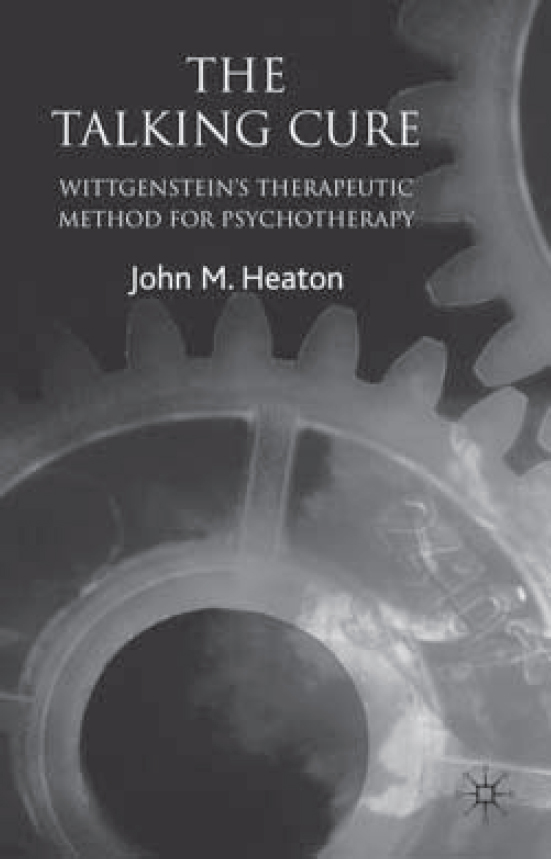
John Heaton is, among other things, a practising psychiatrist and psychotherapist, a regular lecturer on the Advanced Diploma in Existential Psychotherapy programme at Regents College, London, and a long- and sometime editor of the Existential Analysis journal. This is Heaton’s third book with Wittgenstein in its title. In it, he applies Wittgenstein’s insights to the psychotherapeutic process in all its forms. Heaton’s principal thesis is that many of our deepest and most intractable problems find their roots in linguistic confusions and limitations, and are resolved not by the search for causes inherent in the various pseudoscientific doctrines and theories of the mind (such as those of Sigmund Freud and Melanie Klein), but by careful attention to the use of language. This is particularly true in neurosis and psychosis, in which language is used not so much to clarify and communicate as to deceive and obfuscate.
Like all the best things, the talking cure has its roots in the ancient Greece of Socrates and Diogenes the Cynic. Upon being asked to name the most beautiful of all things, Diogenes replied ‘parrhesia’ (free speech, full expression), and his intransigently courageous and sometimes delightfully shocking behaviour consistently accorded with this – his – truth. The self-understanding that underlies parrhesia is revealed not in reductionist propositions based on questionable pictures of the mind, but in the singular use of language – both by the expression and by its truthfulness. In short, it is revealed not in causes, but in reasons, with all their multiplicities and particularities.
For Wittgenstein as for Heaton, the talking cure is, like philosophy itself, a battle against the bewitchment of intelligence by means of language, for it is not knowledge but understanding that is needed to live an integrated, productive, and, dare I say it, happy life. To date, this important, indeed, devastating, critique has had little or no effect on psychotherapeutic practices, and Heaton’s revolutionary book requires, needs, and deserves to be read not only by psychotherapists and psychiatrists but by every mental health professional. Although the book is not difficult to leaf through, the reader with little more than a scientific background may find it difficult to understand, accept, or come to terms with certain concepts. As the German satirist Georg Lichtenberg tells us, ‘A book is like a mirror: if an ape looks into it an apostle is hardly likely to look out…he who understands the wise is wise already.’





eLetters
No eLetters have been published for this article.